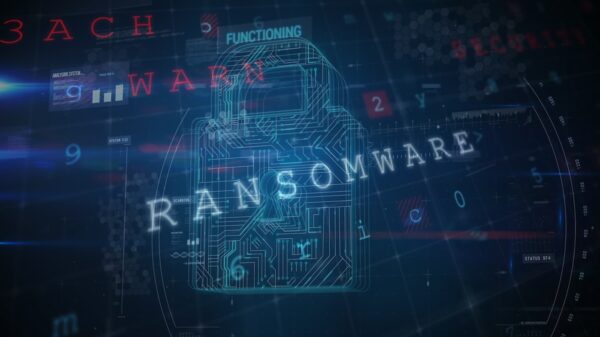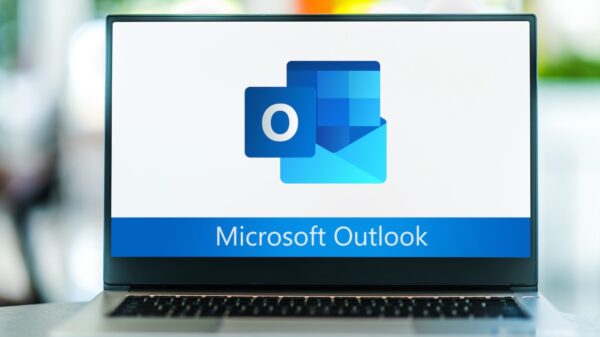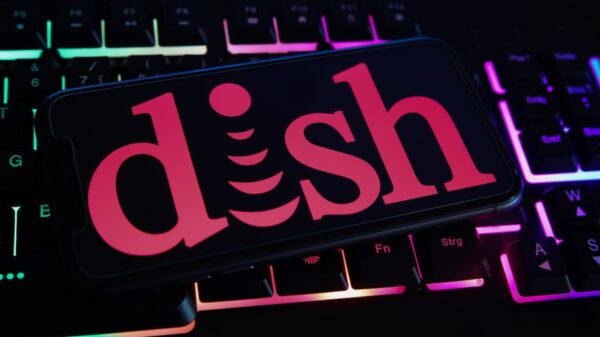Srizbi, once considered one of the most powerful botnets, is apparently trying to make a comeback with the aid of a new piece of malware, F-Secure reported.
Researchers first spotted the new threat back in April (although it might have surfaced earlier than that) and, after a close analysis, they determined that it shared many similarities with the old Srizbi spambot. While it has the same general purpose, the new piece of malware has been completely rewritten so F-Secure has decided to give it a different name: Pitou.
Srizbi, also known as Cbeplay and Exchanger, was considered one of the largest botnets back in 2008. The approximately 450,000 machines infected at the time enabled cybercriminals to send out 60 billion spam messages per day. The botnet took a major blow in November 2008 when its command and control (C&C) servers were cut off from the Internet. The botmasters attempted to resurrect Srizbi shortly after, but failed.
Pitou caught the attention of researchers for several reasons. One of them is the interesting dropper, which checks the version of the operating system before selecting a payload dropping mechanism. If Windows XP is detected, the kernel-mode driver (kernel payload), detected by some security companies are Uroburos and Turla, is installed as a Windows service via the CreateServiceAPI. If Windows 7 or a newer version of the OS is detected, a bootkit is installed by infecting the master boot record (MBR).
The bootkit ensures that the malicious code is executed every time Windows starts. In addition to providing persistency, the bootkit is also used to bypass the kernel-more code signing (KMCS) policy and enable the malware to execute its unsigned payload. The KMCS policy, which is enforced on 64-bit versions of Windows starting with Vista, requires that all driver code have a digital signature.
The dropper has been distributed via drive-by downloads from compromised websites and with the aid of other Trojan downloaders, F-Secure said.
The kernel payload, which is designed to receive email templates from the command and control (C&C) server and use them to send out spam messages, also caught the attention of F-Secure researchers because it’s protected and obfuscated by virtual machine code. This makes it more difficult to analyze the threat.
There are four main aspects of the kernel payload that have led experts to conclude that Pitou is actually a new variant of Srizbi. One of them is a legacy kernel payload filename that was previously used by Srizbi. Another similarity is that both threats have the ability to upload a crash dump file to the C&C server. Both pieces of malware have been used for spam runs, particularly campaigns designed to lure victims to rogue pharmacy websites. Finally, the domain generation algorithm (DGA) used by Pitou is similar to the one utilized by Srizbi.
For the time being, Pitou is far behind Srizbi when it comes to the number of infections. Between May and August, the largest number of infections was seen in Brazil, followed by Peru, Egypt, Vietnam and Venezuela. A small number of affected devices were spotted in the United States and several European countries.
Additional technical information on Pitou is available in the whitepaper published by F-Secure.















